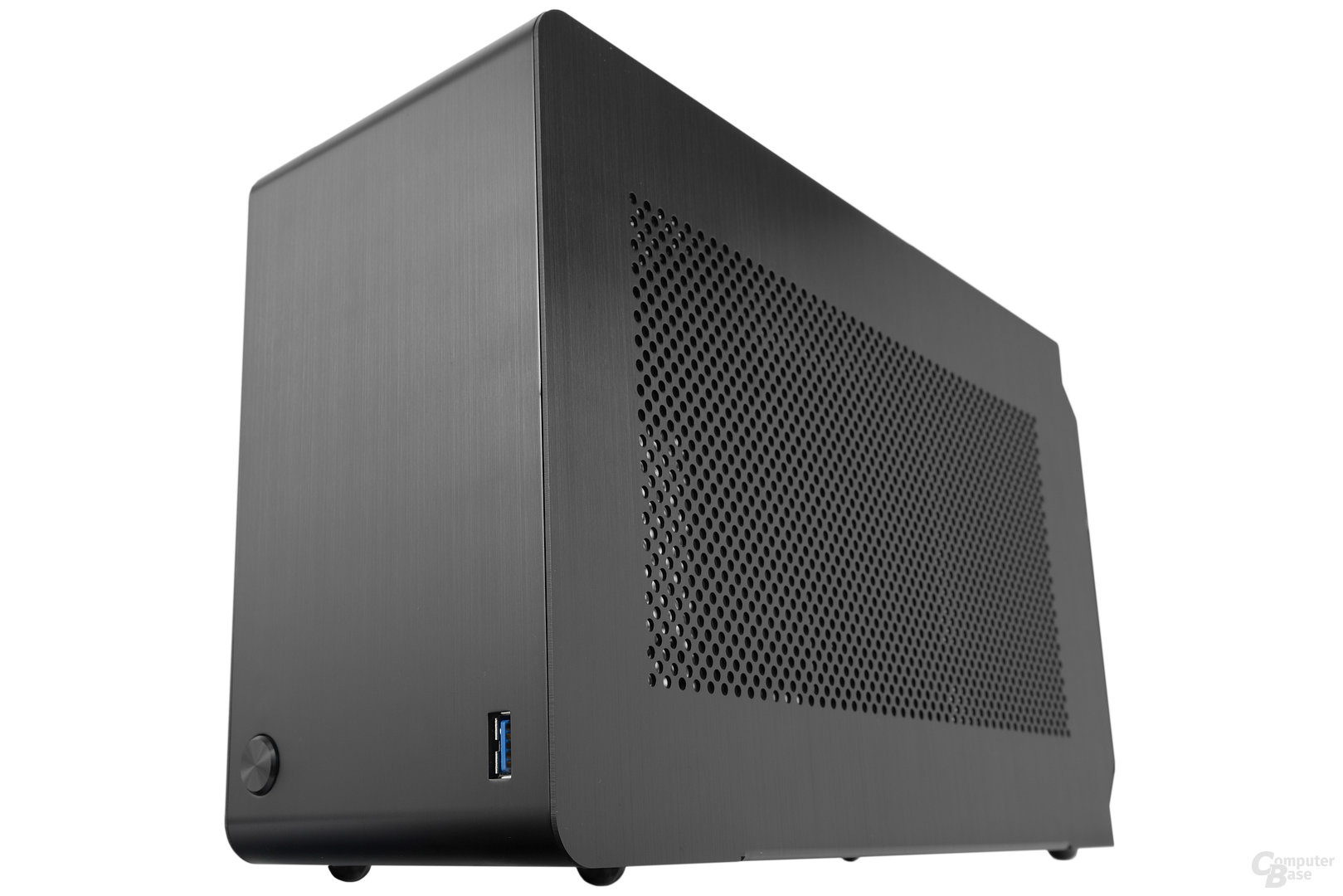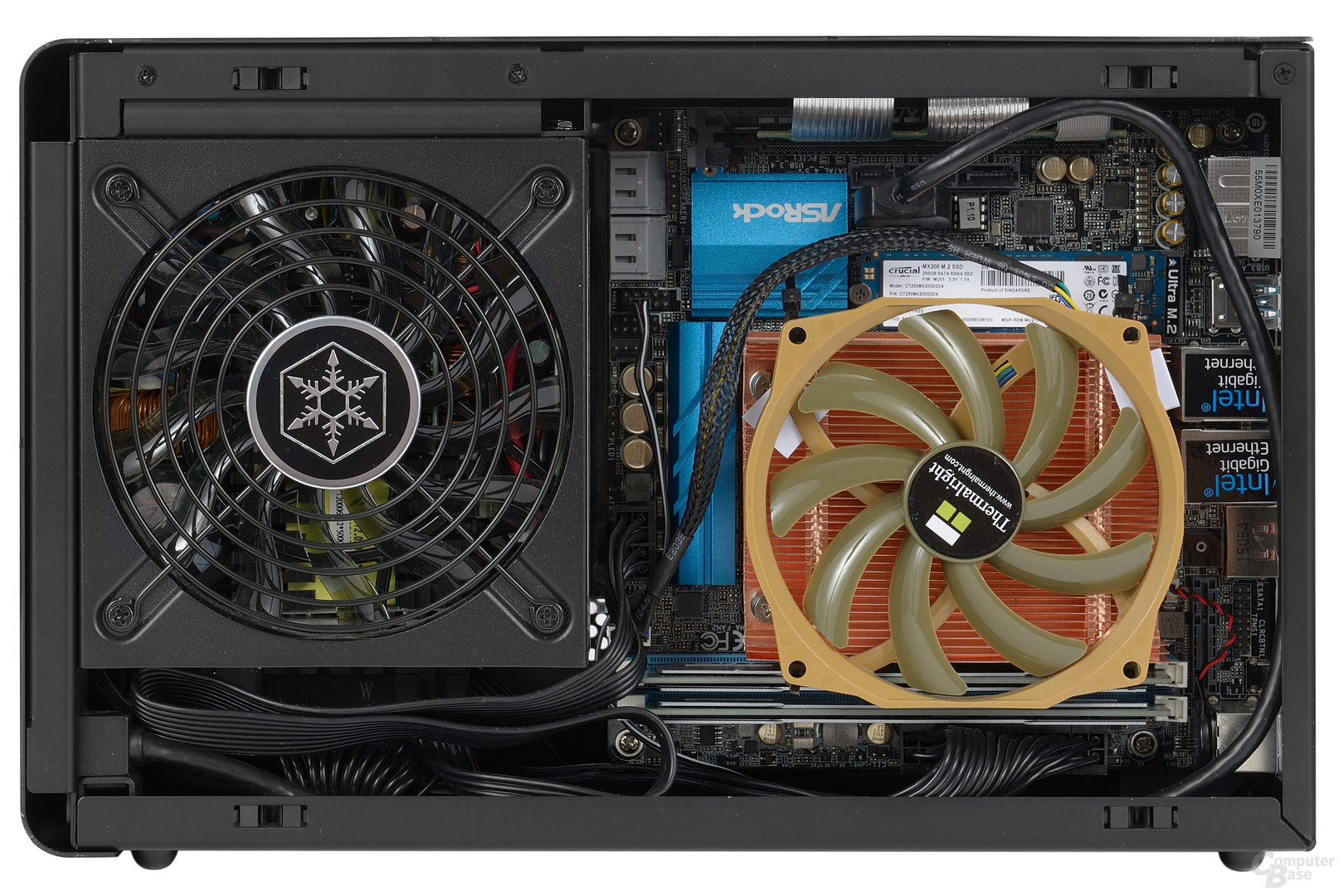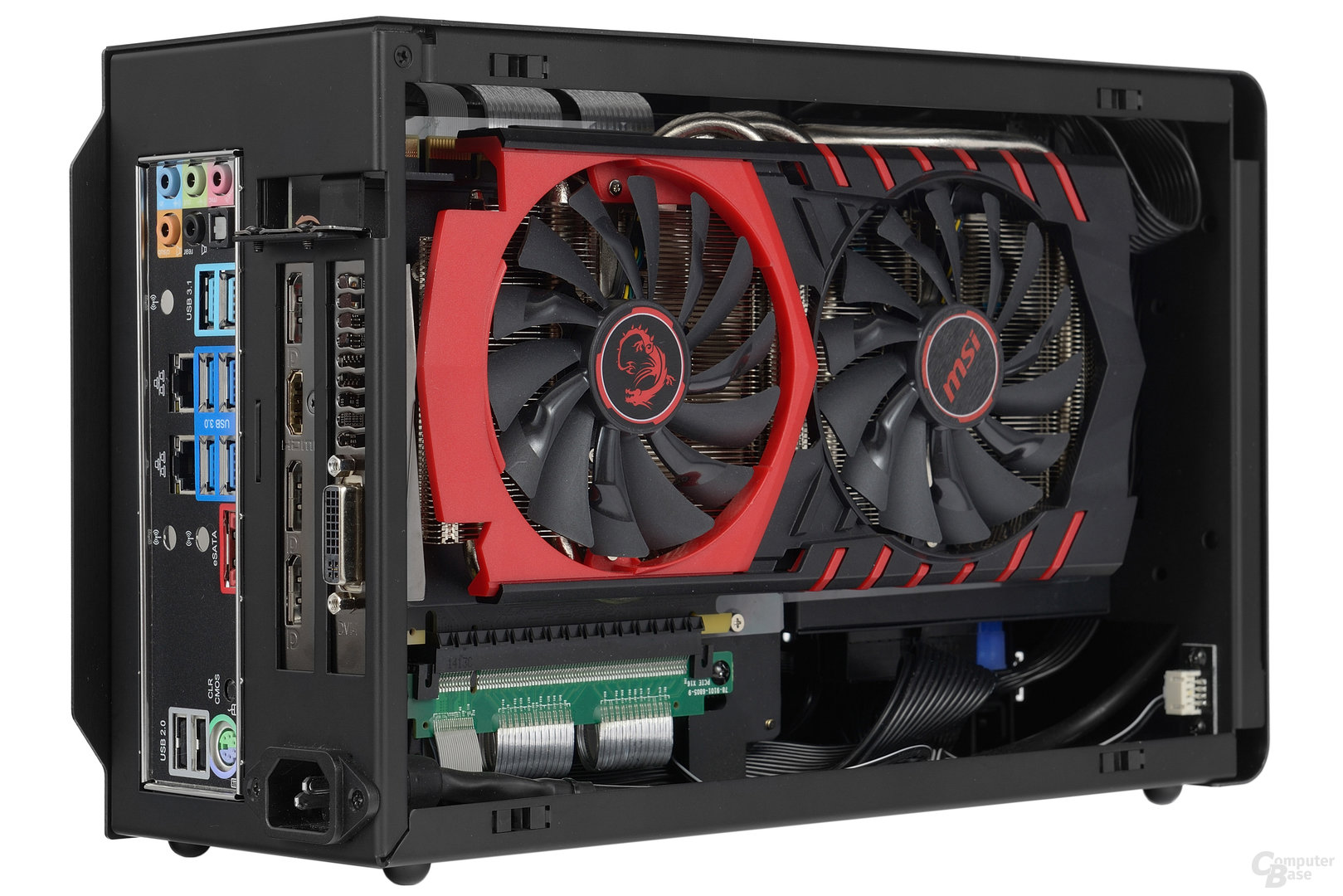Sie sind nicht angemeldet.
Lieber Besucher, herzlich willkommen bei: MastersForum. Falls dies Ihr erster Besuch auf dieser Seite ist, lesen Sie sich bitte die Hilfe durch. Dort wird Ihnen die Bedienung dieser Seite näher erläutert. Darüber hinaus sollten Sie sich registrieren, um alle Funktionen dieser Seite nutzen zu können. Benutzen Sie das Registrierungsformular, um sich zu registrieren oder informieren Sie sich ausführlich über den Registrierungsvorgang. Falls Sie sich bereits zu einem früheren Zeitpunkt registriert haben, können Sie sich hier anmelden.




Dieser Beitrag wurde bereits 3 mal editiert, zuletzt von »Attila« (14.05.2016, 12:30)
Zitat
CONCLUSIONS
Ever since i've got my first Nehalem Core i7 920, i've noticed no performance improvement in games with hyper-threading turned on. I have "cementified" these observations with testing my Core i7 3770 and now i do the same with a Core i7 6700K at my friends place. It's a pattern that continues for 6 years now... HT is not worthless in games however - it delivers awesome performance in Core i3 processors, but not in Core i7. Also HT might significantly improve online game performance, but that is not my domain.
1. Intel Core i7 HT offers no improvement in single player games.
2. Intel Core i7 HT slightly hurts gaming performance in most of the tested single player games.
I wish HT would improve gaming performance, but it actually hurts!!! It's a big disappointment and my friend made a mistake by replacing his Core i5 3570K with Core i7 6700K, because all he does is game, and nothing more.
Last edited: Jan 24, 2016
Dieser Beitrag wurde bereits 3 mal editiert, zuletzt von »Attila« (13.05.2016, 18:38)
Dieser Beitrag wurde bereits 1 mal editiert, zuletzt von »AtroX_Worf« (14.05.2016, 12:04)
Denke aber auch, dass es für Spiele nicht sonderlich viel Unterschied macht. Wobei ich nicht weißt, wie moderne BLAS HT umsetzen oder ob sie dies überhaupt machen und auf welchem Optimierungslevel sie sind. Intels MKL usw., muss ich direkt mal nachschauen.

Dieser Beitrag wurde bereits 1 mal editiert, zuletzt von »Attila« (14.05.2016, 12:24)
Was soll SMT in diesem Zusammenhang sein?
....
Zitat
Anders als bei SMT sind die Hyper-Threading-Kerne (bei manchen Prozessoren) nicht gleichwertig zu ihrem jeweiligen „Hauptkern“; während der Hauptkern jederzeit alle Ressourcen der ALU/FPU verwenden kann, stehen dem HT-Kern nur die gerade brachliegenden Komponenten zur Verfügung, die der Hauptkern im Moment nicht belegt. Das Betriebssystem sollte daher rechenintensive Threads einem Hauptkern zuweisen. Die mögliche Rechenleistung eines Prozessors mit n * (Hauptkern + HT-Kern) liegt im Allgemeinen deutlich unter der eines Prozessors mit 2n „vollwertigen Kernen“
Dieser Beitrag wurde bereits 8 mal editiert, zuletzt von »Osmium« (05.08.2016, 21:30)
Zitat
Prozessor: Intel® Core™ i5-6600K Prozessor (3,5 GHz)
Grafikchip: NVIDIA GeForce GTX 1060
Festplatte: 250 GB & 1 TB
€ 1.199,-*

Zitat
Original von -=)GWC(RaMsEs
von 50k könnte ich in münchen nicht mehr leben.
Dieser Beitrag wurde bereits 3 mal editiert, zuletzt von »_Icedragon_« (05.08.2016, 11:38)
 Bau ich dir am 26. / 27. August zusammen. Falls du es doch schon vorher machen willst, machen wir ne Skype Video Session.
Bau ich dir am 26. / 27. August zusammen. Falls du es doch schon vorher machen willst, machen wir ne Skype Video Session.
Zitat
Technische Daten
CPU: Intel® Core™ i5-6500, 4× 3200 MHz, Turbo bis zu 3600 MHz
CPU-Kühler: Silent-Kühler für Sockel 1155/1151/1150
Festplatte: 1000 GB SATA, Seagate®/Toshiba/WD®
Speicher: 8192 MB DDR4-RAM, 2400 MHz, Kingston
Grafik: Radeon™ RX 480, 8192 MB GDDR5, HDMI, 3x DisplayPort
Mainboard: ASUS H110M-A, Sockel 1151, Intel® H110 Chipsatz, 4× SATA III (6 GBit/s), 2× USB 3.0, 4× USB 2.0, 2× Front-USB, 1× PCIe X16, 2× PCIe X1, 2× PS/2, 8-Kanal HD Audio
opt. Laufwerk: 24× ASUS Multiformat DVD-Brenner (CD-R, CD-RW, DVD±R, DVD±RW, DVD R9 (DL))
Netzwerk: 10/100/1000 MBit/s Ethernet LAN, DSL fähig
Sound: 7.1 Sound 8-Channel HD Audio (ALC887)
CardReader: 8,89 cm (3,5") 10in1 CardReader (SD, SDHC, MicroSD, xD, CF I/II, MicroDrive, MS, MS Duo, M2, MMC, 1x USB 3.0)
Gehäuse: Design-Mini-Tower (CSL 6008), Farbe schwarz, gebürsteter Edelstahl-Look / Mesh
Netzteil: 400W CSL Silent-Netzteil, 82% Effizienz
